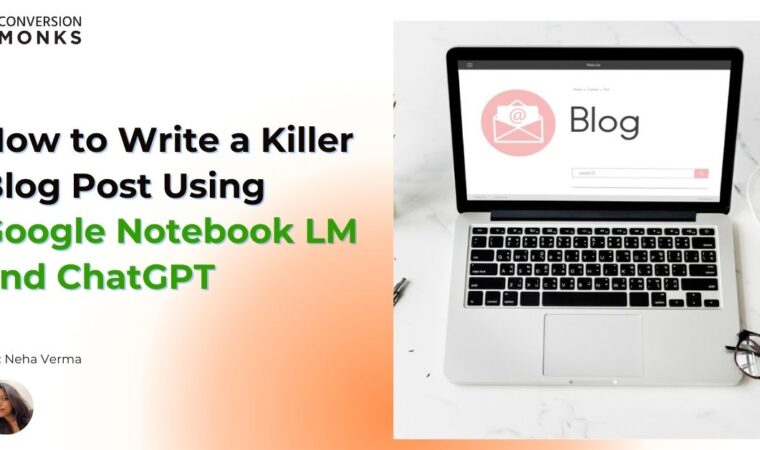Top 5 Call Tracking Tools Local Businesses Can Use to Track Leads & Boost ROI
Nowadays, in a competitive local business landscape, every marketing dollar counts. Local businesses rely heavily on phone calls to capture leads — whether it’s a customer booking an appointment, asking for a quote, or inquiring about a service. But many businesses struggle to understand which marketing campaigns are driving these valuable calls. Without that knowledge, it’s easy to waste money on underperforming channels. That’s where call tracking tools come in. These tools help businesses attribute phone leads to specific marketing campaigns, optimise their spend, and ultimately boost ROI. In this article, we’ll explore why call tracking is crucial, what features to look for in a solution, and the top 5 call tracking tools that local businesses can start using today. Why Call Tracking Matters for Local Businesses Phone calls remain one of the most critical ways customers engage with local businesses. Studies show that more than 60% of local searches on mobile devices result in a phone call. That’s a huge opportunity — but only if you can track and measure it. Call tracking helps local businesses by: Whether you’re a law firm, restaurant, HVAC company, or real estate agency, tracking calls ensures you’re making data-driven decisions and not guessing where your leads come from. What to Look For in a Call Tracking Tool Not all call tracking solutions are created equal. When evaluating your options, keep these key features in mind: Top 5 Call Tracking Tools for Local Businesses Below are five of the best call tracking tools that offer the right blend of functionality, affordability, and ease of use for local businesses. 1️⃣ CallRail CallRail is one of the most popular call tracking solutions, especially among small and medium-sized businesses. Its user-friendly interface and robust feature set make it a go-to choice for many. Key Features: Pros: Cons: Pricing: Plans start at approximately $45/month. 2️⃣ CallTrackingMetrics CallTrackingMetrics offers powerful tracking and automation features, making it ideal for businesses that want more control over their call flows and integrations. Key Features: Pros: Cons: Pricing: Plans start at around $39/month. 3️⃣ WhatConverts WhatConverts is more than just a call tracking tool — it tracks all leads across calls, forms, chats, and even e-commerce transactions. Key Features: Pros: Cons: Pricing: Plans start at about $30/month. 4️⃣ Marchex Marchex is known for its advanced AI-driven call analytics, making it a good choice for businesses that want more profound insights into customer conversations. Key Features: Pros: Cons: Pricing: Custom quotes based on business needs. 5️⃣ Twilio (Custom Setup) Twilio is a developer-friendly communications platform that offers call tracking capabilities through its flexible API. Best for businesses that want a custom solution. Key Features: Pros: Cons: Pricing: Pay-as-you-go model; costs vary depending on usage. Tips for Choosing the Right Tool Here are a few tips to help you select the best call tracking solution for your business: Conclusion & Next Steps Call tracking is no longer optional for local businesses that want to compete and thrive. It provides actionable insights into which campaigns drive real results, helps improve customer service, and allows you to optimise your marketing spend effectively. The five tools we’ve covered here — CallRail, CallTrackingMetrics, WhatConverts, Marchex, and Twilio — each offer unique benefits. Take the time to assess your business needs, test a few options, and start making data-driven decisions today. Ready to Get Started? At ConversionMonks, we help businesses like yours maximize ROI with conversion-focused strategies and tools, including call tracking setup, CRO, and analytics integration. If you’re ready to take your local marketing to the next level, contact us today to get started!




